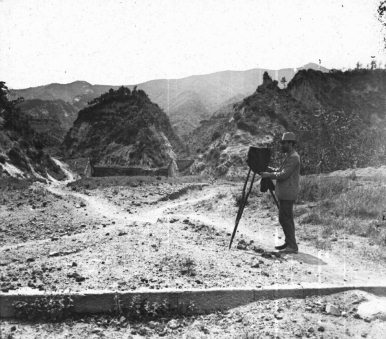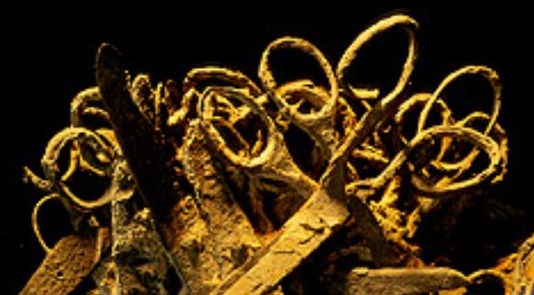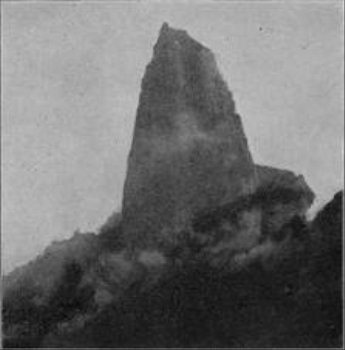Mount Pelée - "Bald Mountain" is
the active volcano at the northern end
of the island of Martinique. It is among the
deadliest stratovolcanoes on Earth. Its
volcanic cone is composed of
layers of volcanic ash and hardened
lava. The volcano is
famous for its eruption in 1902 and the destruction that resulted, dubbed the
worst volcanic disaster of the 20th century.
The eruption killed about thirty thousand people. Most deaths were caused by
pyroclastic flows and occurred in the
city of Saint-Pierre, which was, at that
time, the largest city as well as being the capital of the island.

Pyroclastic
flows
completely destroyed St. Pierre within minutes of the eruption. The eruption left
only three survivors in the direct path of the volcano: Louis-Auguste
Cyparis survived because he
was in a poorly ventilated, dungeon-like jail cell; Leon
Compere-Leandre, living on the edge
of the city, escaped with severe burns. Havivra Da Ifrile, a young girl,
escaped with injuries during the eruption by taking a small boat to a cave down
shore, and was later found adrift two miles from the island, unconscious. The
event marked the only major volcanic disaster in the history of France and its
overseas territories.

Current status:
As
of last year,
the volcano lies quiescent
above Saint-Pierre and Martinique. Before the 1902 eruption - as early as the
summer of 1900 - signs of increased fumarole
activity were present in the Étang Sec crater. Relatively minor
phreatic
(steam) eruptions that occurred in 1792 and 1851 were evidence that the volcano
was active. Signs of unrest will almost certainly precede any future eruptive
activity from Mount Pelée, and its past activity (including the violent
eruptions uncovered by carbon dating)
is an extremely important factor for hazard
assessment.
Pelée is one of the
most active volcanoes in the West Indies and it is likely to
erupt again. Currently, Mount Pelée is under continuous watch by
geophysicists and volcanologists
(IPGP).
The city of
Saint-Pierre was never restored, though some villages were built in its place.
The estimated population of Commune of Saint-Pierre in 2004 was
4,544.

Volcanologic Museum: We went
into the Volcanologic Museum, it seems on a daily basis to avoid rain. This
small exhibition was created in 1932 by the American volcanologist
Franck-A.Perret, we saw a collection of photographs of Saint-Pierre before and
after the eruption, as well as some amazing objects exhumed of ashes (burnt
foodstuffs, melted glass, a fused box of nails, scissors etc). The old bell (the bumblebee) of the
cathedral, broken by the explosion and deformed by heat was a stark reminder of
the power of nature.
ALL IN ALL INDEED A STARK
REMINDER.




